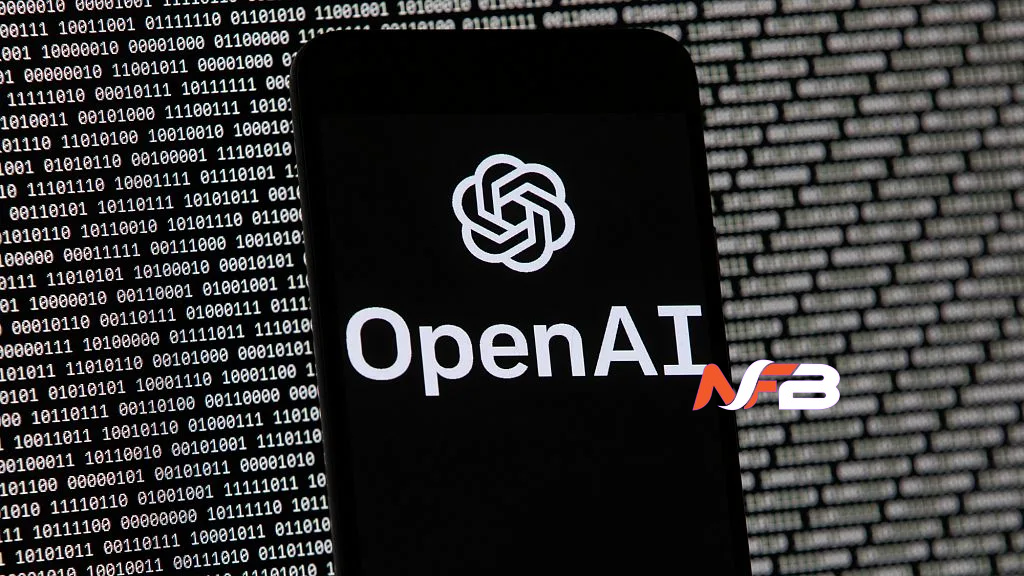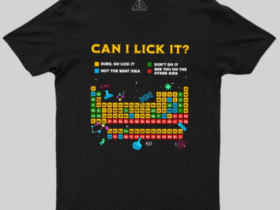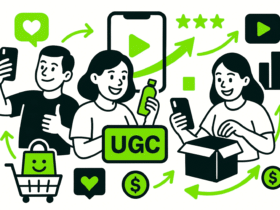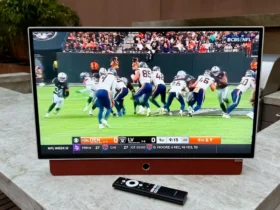A dramatic transformation is underway in digital advertising, as emerging AI-powered platforms from OpenAI and Perplexity prepare to disrupt how brands connect with and convert online audiences. For years, Google Performance Ads and Meta Catalog have dominated the space with sophisticated automation and commerce tools. However, new advances in AI will fundamentally reshape advertiser capabilities—empowering deeper personalization, smarter targeting, and measurable outcomes.
Legacy Giants: The Current Ad Landscape
Google and Meta have built a nearly unchallenged digital ad duopoly:
- Google Performance Ads harness intent signals, audience data, and machine learning to optimize campaigns across Search, Display, and YouTube.
- Meta Catalog lets merchants sync products, automate catalog-driven campaigns, and launch dynamic ads across Facebook, Instagram, and Messenger.
Both platforms are the result of relentless innovation in data analysis, target accuracy, and scalable creative strategy.
The Next Wave: AI-Driven Ad Networks
- OpenAI’s Ad Platform
OpenAI is developing a next-generation ad network based on GPT-4 and future AI models, offering brands the ability to automate creative production, personalize messaging, and ensure privacy-centric targeting.
- Conversational Ad Formats: AI dynamically crafts ad content in real time, custom-tailored to each user’s context.
- Intelligent Content Placement: AI matches ads to content topics using semantic understanding, not just keywords.
- Contextual Targeting: Expect OpenAI’s platform to rely on contextual signals—rather than cookies—to align with global privacy expectations.
- Perplexity’s Intent-Focused AI Ads
Perplexity is leveraging its answer engine to deliver ads that feel like natural, high-trust responses to user queries.
- Intent Matching: Ads seamlessly integrate into relevant search answers, increasing user engagement.
- Transparency: AI clarifies why ads are shown, building user trust through explainable targeting.
- Integration Potential: Brands can partner with Perplexity to reach highly targeted, niche audiences ready to convert
.
Advantages of AI Ads Over Traditional Systems
Below is a comparison of the key differentiators:
| Feature | Google Performance Ads | Meta Catalog | OpenAI AI Ads | Perplexity AI Ads |
| Data Source | Search/Engagement History | Social/Product Feed | Semantic User Signals | Intent-based Q&A |
| Personalization | Automated, Template-based | Dynamic Product Ads | Real-time, Generative Copy | Answer-specific Matching |
| Privacy Approach | User Level, 1st/3rd Party | Social Graph, Pixels | Contextual, Privacy-forward | Transparent Targeting |
| Creative Generation | Asset Combinations | Template Driven | AI-Generated, Adaptive | AI-Generated Answers |
| Trust Mechanisms | Brand Safety, Verification | Relevance Filters | AI-driven Disclosure | Explicit Disclosure |
Consequences for Marketers and Brands
- Efficiency: AI-powered ad platforms are set to dramatically reduce the time and manual effort required for campaign setup, allowing marketers to focus more on strategic planning.
- Relevance: Semantic and conversational ad matching amplifies user engagement and drives better return on investment.
- Compliance: As global privacy regulations grow stricter, contextual AI targeting provides a path to compliance—without sacrificing campaign performance.
What’s Next for Marketers
- Stay Informed: Monitor new beta releases and industry updates relating to OpenAI and Perplexity’s advertising solutions.
- Test and Learn: Allocate part of your ad budget to experiments with AI-driven channels to unlock their potential early.
- Invest in Content Quality: Since AI hinges on contextual relevance, brands must create high-quality, well-structured digital content to maximize results.
- Connect with experts: Work with agencies experienced in performance marketing—or an AI Marketing Agency like Scarlet Media—to guide your strategy and execution.
Future AI Ad Trends to Watch
The rise of AI-powered advertising is dramatically reshaping how brands connect with audiences. Several standout trends are driving this transformation:
- Predictive Audience Modeling: Modern machine learning can now anticipate consumer behavior by analyzing real-time signals—such as browsing activity and contextual micro-moments—rather than relying only on historical data. This enables brands to reach buyers before they even recognize a need.
- Multimodal Creative Generation: Tomorrow’s creative tools move beyond static text and images. AI now enables the synchronized production of personalized video, audio, and interactive experiences for every user, making campaigns more relevant while lowering costs.
- Zero-Party Data Integration: As third-party cookies vanish, AI platforms are leveraging zero-party data—preferences and insights users willingly provide. Advanced models can interpret direct feedback, survey responses, and explicit choices to enable both effective and privacy-focused targeting.
Practical Brand Applications
Innovative marketers are already applying AI-driven advertising in novel ways:
- Dynamic Spending Allocation: AI systems instantly redirect ad budgets between audiences, channels, and creatives for peak campaign performance, eliminating the need for manual adjustments.
- Sentiment-Responsive Campaigns: By analyzing news, social sentiment, and cultural trends, AI enables brands to adapt ad messaging and creative in real-time for contextual relevance.
- Automated, Scalable A/B Testing: AI can test hundreds of creative concepts in parallel, rapidly discovering top performers without manual trial-and-error.
Technical Breakthroughs on the Horizon
Major innovations are coming to ad technology:
- Federated Learning for Privacy: This approach allows AI models to train on user devices—without sending data to the cloud—leading to smarter targeting and stronger privacy.
- Reinforcement Learning Optimization: Ad platforms are increasingly using reinforcement learning to continuously learn and optimize campaigns on-the-fly, requiring no human intervention.
- Natural Language Ad Interfaces: Soon, marketers will use conversational AI to set campaign goals in plain language, leaving technical details to automated systems—making advanced advertising accessible to everyone.
Challenges for Marketers
AI advertising brings its own set of challenges:
- Attribution Complexity: With AI optimizing across multiple touchpoints at once, traditional models of campaign attribution often break down, requiring new measurement frameworks.
- Creative Authenticity: While AI generates content at scale, maintaining genuine brand voice and emotional impact remains a creative challenge.
- Regulatory Uncertainty: Privacy regulations are constantly evolving, forcing marketers to continually reassess compliance for each market.
- Skill Shortages: Teams now require new expertise in working with AI—interpreting its recommendations, understanding constraints, and keeping strategic control.
Transitioning to AI-powered advertising is a journey. Brands need partners who combine deep technical expertise with marketing know-how. Scarlet Media has led clients through this transition for nearly two decades, blending advanced AI knowledge and practical marketing solutions.
As a digital agency since 2006, Scarlet Media provides AI Seo Services designed to identify top AI ad opportunities, launch effective test campaigns, analyze performance data, and continually optimize for results. Whether beginning your journey or seeking to elevate existing campaigns, experienced guidance is key to maximizing ROI and avoiding costly mistakes.
The AI advertising revolution is here. To stay competitive, the real question is not if you’ll adapt, but how quickly you can make the leap.
Kıvanç Kılıçer – Scarlet Media














Leave a Reply